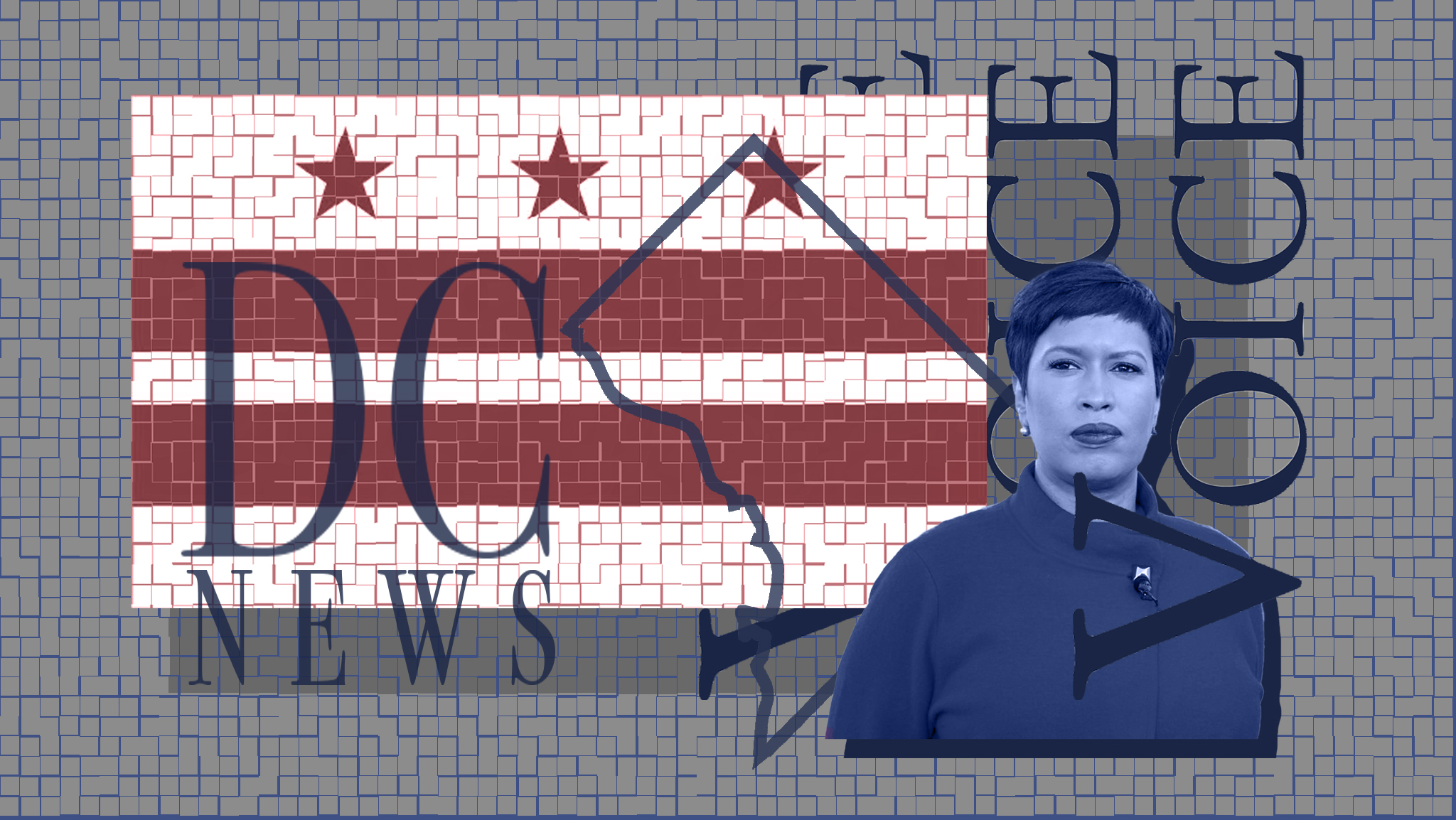Mayor Muriel Bowser and other D.C. officials are considering amending the D.C. Height Act to allow the maximum height of buildings in the District to be raised from 130 to 160 feet. The 30-foot increase, which would add about an extra two or three floors per building, intends to address the post-pandemic boom of remote work, which has caused activity in downtown D.C. to decrease.
The proposal was announced in January as part of Bowser’s D.C. Comeback Plan, an economic strategy which outlines the city’s plan to increase jobs, incomes, and tax revenues over the next five years in the District. The plan includes a goal to revitalize downtown by adding 15,000 residents to the neighborhood currently beset with empty office buildings and struggling restaurants. The population increase would be facilitated through the addition of seven million square feet of residential space, which is to be created by changing zoning laws and advising Congress to amend the federal Height of Buildings Act.
The Act was enacted in 1899 as part of a movement to restrict the heights of buildings in major cities amid fears of skyscrapers being structurally unsound as well as a fire hazard. While these restrictions were loosened and eventually abolished in other American cities, height restrictions in the District persisted as citizens and city officials alike wanted to maintain a European-style skyline with clear views of the monuments.
Congress and D.C.’s willingness to maintain building height limits for over a century has noticeably impacted the skyline of the DMV area. For example, skyscrapers in Rosslyn take full advantage of the increased amount of vertical space available to buildings in Virginia while still being strategically located close to the District itself.
Uwe Brandes, professor of Urban and Regional Planning at Georgetown and chair of the D.C. Commission on Climate Change and Resiliency, explained that the proposal’s primary aim is to expand housing and lower costs in the downtown area, thereby increasing economic activity.
“Many office buildings are severely underutilized, some of which might be able to be converted to residential buildings,” Brandes wrote in an email to the Voice. Because the costs of any conversion are high, city officials hope that allowing extra space to build upward will make it easier to offset the cost of converting office buildings to housing. By increasing the amount of residential space downtown, the neighborhood will be able to host a larger permanent population compared to the small working population that visits during the day, which the city hopes will bring new vibrancy to the area.
The central location of new redevelopments means that any new housing in downtown is likely to be prohibitively expensive for many D.C. residents, particularly due to the city’s ongoing housing affordability crisis. To address this, the city government has attempted to ensure that any new housing is equitable. Its efforts include the Housing Production Trust Fund, a revenue fund operated by the D.C. Department of Housing and Community Development which aids both residents and developers in establishing affordable living spaces in neighborhoods across the District.
According to Brandes, raising the height limit and increasing the amount of housing downtown would also have positive environmental impacts on the area as a whole. As the center of a growing metropolitan region, D.C. is in a unique position to enact housing policy to ensure that the region is environmentally friendly.
“Research shows that housing policy is the most important action cities can take to build low-carbon communities,” Brandes wrote. “By living in high-density, mixed-use communities, people are able to avoid the need to consume energy associated with inefficient single family homes and the extensive use of automobiles.” As a result, any efforts made to increase the amount of housing downtown is environmentally beneficial for the entire District.
Brandes added that the city has many options to revitalize its center, including providing increased access to transportation, creating and maintaining public spaces like parks and cultural institutions, and attracting industries that emphasize in-person work compared to the law firms and government offices which have historically occupied Downtown.
Whether the Height Act amendment will move forward depends on the D.C. Council, which is currently divided on the issue. Even if a consensus is reached, the amendment ultimately lies outside of the jurisdictional power of the District and will still have to avoid a potential veto from a Republican House, which has recently opposed other D.C. legislation proposals, like noncitizen voting and the new Criminal Code.





